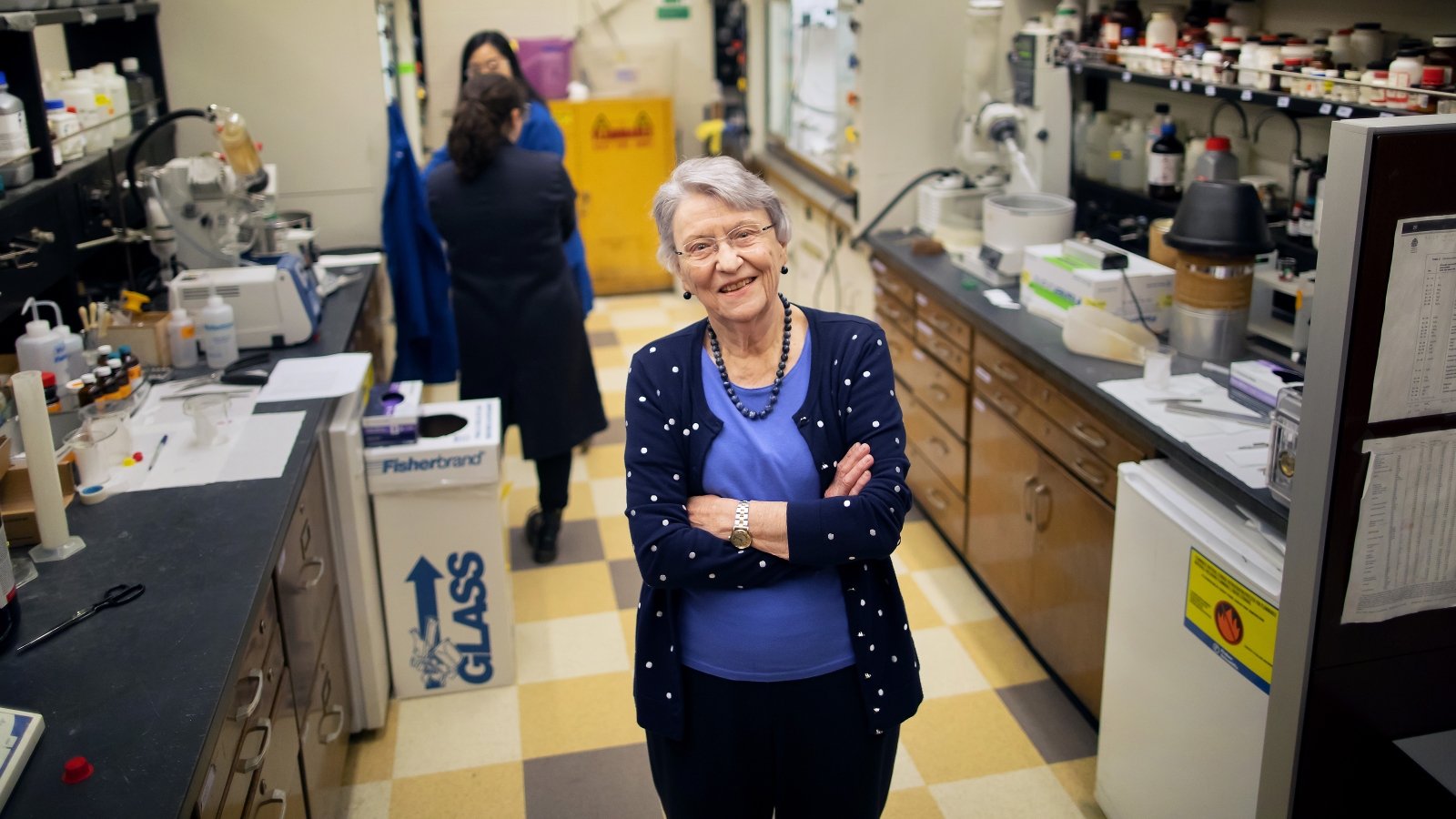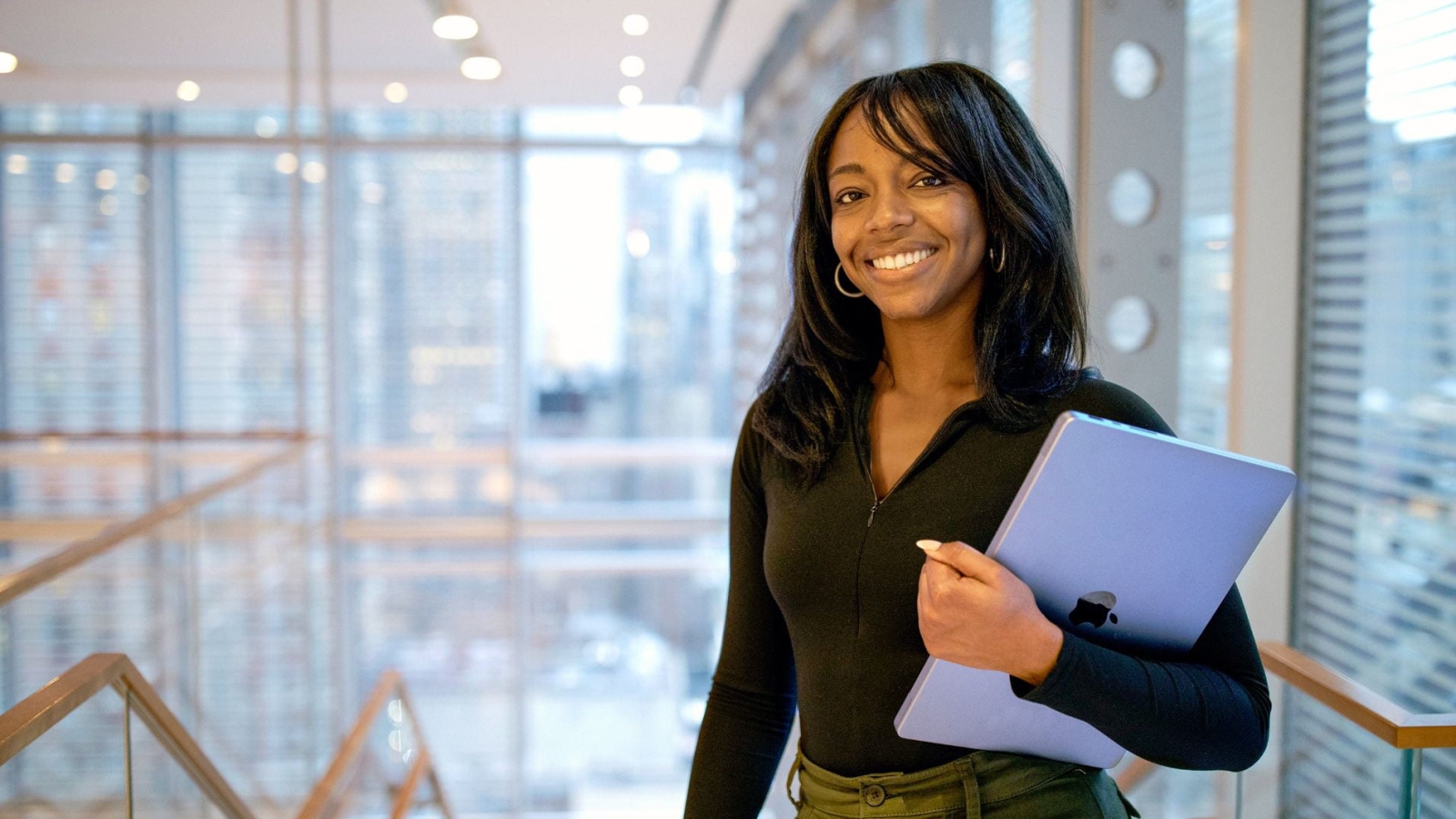Agent of Change
Madeleine Joullié makes molecules and waves, leaving her mark in her specialty, her institution, and the lives of her students.

The Price of Parenthood
Research from Pilar Gonalons-Pons, Alber-Klingelhofer Presidential Associate Professor of Sociology, and Ioana Marinescu of Penn’s School of Social Policy and Practice, reveals how high childcare costs create family income inequality in the United States.

Sustainable Packaging Through Chemistry
Through her startup, AekoVera, fourth-year PhD candidate Kritika Jha helps bridge the gap for businesses struggling to adopt more eco-friendly packaging.

Letters from a Titanic Survivor
Sophie Michi, a master’s student studying English, transcribed correspondence from the noted maritime disaster while learning to work with archival material.
Knowledge by the Slice: Whither South Korean Democracy? (Video)
During this recent lunchtime conversation, a panel of faculty experts discussed democratic backsliding, executive power, and constitutional governing in the wake of recent political turmoil in South Korea.
Natural Science, Social Science
Behind the Scenes of Rule Breakers
Amber Afzali, C’23, stars in a new movie about the Afghan Dreamers, Afghanistan’s first female robotics team.
Office Artifacts: Megan Kassabaum
Kassabaum, Associate Professor of Anthropology, describes five meaningful objects that surround her as she works.
Penn Arts & Sciences Pathways: Daniel Shevchenko, C’25 (Video)
A study abroad experience in Spain and a course on language policy deepened Shevchenko's interest in linguistics and political science.
Centering Black History
Ahead of the upcoming 250th anniversary of the United States, the McNeil Center for Early American Studies, the Library Company, and 1838 Black Metropolis collaborated on a conference about Black Philadelphia in the 18th and 19th centuries.
Print Edition
Fall/Winter 2024

This issue features leaders in the climate change fight, a look at the storied career of David Wallace and the evolution of Penn Arts & Sciences under Dean Fluharty, Quaker Quotes, a “genius grant,” and so much more.
Penn Arts & Sciences in the News
NBC News
A Battle Over Religion and Schools In Oklahoma Could Decide the Future of the First Amendment
March 29, 2025
Recent legal decisions reinterpreting the First Amendment are part of an ongoing effort by conservative lawyers and law professors to reinterpret how the country deals with religion, says Marci Hamilton, Professor of Practice.
Newsweek
America’s Birth Rate Sparks Fears for the Economy
March 28, 2025
U.S. birth rate has been trending downward for decades. Coupled with factors like a smaller workforce and strains on Social Security, it has become the “existential problem of our time” and could reduce economic growth by 2 percent annually, says Jesús Fernández-Villaverde, Howard Marks Presidential Professor of Economics.
C&EN
Organic Chemist Madeleine Joullié Says, ‘Decide What You Like, And Do It’
March 28, 2025
Madeleine Joullié, Professor of Chemistry, reflects on being the first woman organic chemist appointed to a tenure-track position at a major U.S. university. “I just thought about doing it: I want to do it, I’m going to do it.”
TIME
Why Climate Change is a National Security Threat
March 27, 2025
Scott Moore, Practice Professor of Political Science, says that climate change pressures food systems and worsens tensions within countries. “It takes things that we were already worried about, like extremism or terrorism, and exacerbates the scale or nature of those threats.”












